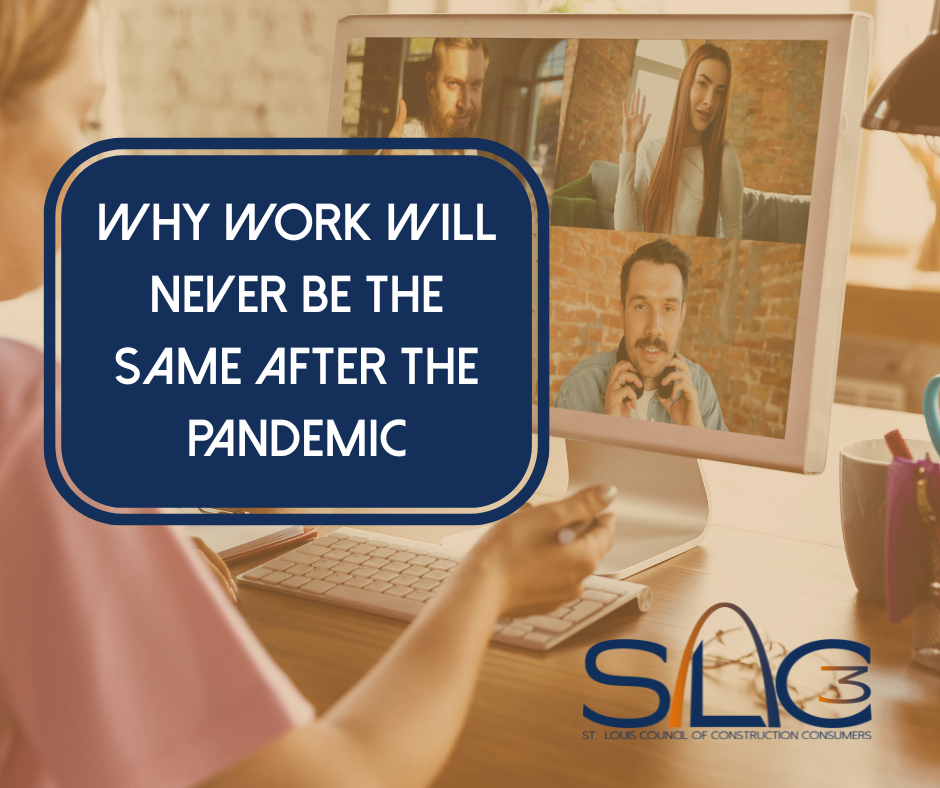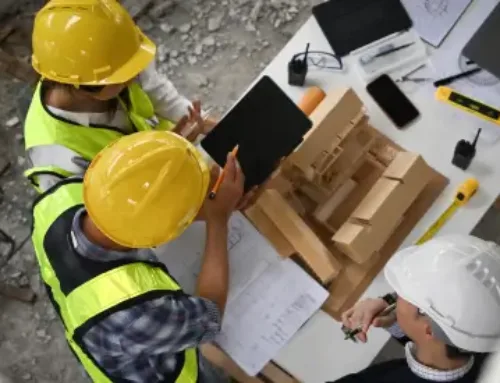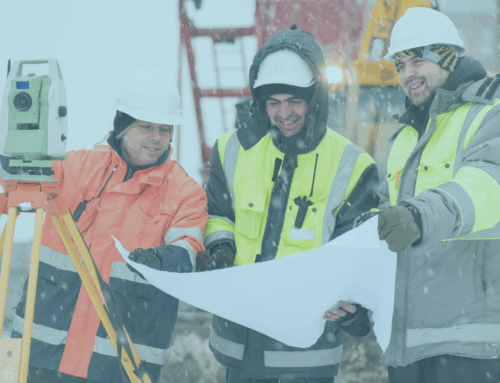The COVID-19 pandemic has left an indelible mark on the workplace, reshaping how, where, and why we work. Gallup’s extensive research provides a comprehensive overview of these transformations, highlighting both challenges and opportunities for organizations and employees alike.
The Rise of Hybrid and Remote Work
Before the pandemic, remote work was a rarity. In 2019, only 8% of remote-capable employees worked exclusively from home. However, by March 2020, that number surged to 70%. As of 2024, the landscape has stabilized with:
- 55% working hybrid
- 26% exclusively remote
- 19% exclusively on-site
This shift underscores a fundamental change in workplace dynamics, with flexibility becoming a central tenet of modern employment.
Declining Employee Engagement
Employee engagement, a critical indicator of workplace morale and productivity, has seen a concerning decline. In 2019, 55% of employees felt they fully understood what was expected of them. By 2024, this figure had dropped to 44%. Additionally, only 30% of employees reported feeling connected to their organization’s mission, a record low. These trends suggest that while employees may be working differently, their connection to their work and organization has weakened.
Wellbeing and Mental Health Challenges
The pandemic has taken a toll on employee wellbeing. Gallup’s Life Evaluation Index, which measures individuals’ perceptions of their current and future lives, showed a decline from 60% in 2019 to 50% in 2024. Concurrently, negative emotions such as stress and worry have risen, indicating a broader mental health crisis in the workplace. Younger workers, in particular, are experiencing higher levels of burnout and pessimism.
The Great Detachment
Despite high levels of dissatisfaction, many employees feel “stuck” in their current roles. This phenomenon, termed the “Great Detachment,” is characterized by increased job dissatisfaction and a desire to leave, yet many employees remain due to economic uncertainties and a cooling job market.
Disruption and Managerial Challenges
Organizations have faced continuous disruptions, with 72% of employees reporting some form of organizational change in the past year. Managers, in particular, are bearing the brunt of these challenges, often being asked to do more with less, leading to increased burnout and disengagement.
Evolving Customer Expectations
Employees’ perceptions of their organization’s ability to meet customer needs have declined. Only 28% of employees strongly agreed that they are proud of their organization’s products and services, indicating a disconnect between internal capabilities and customer expectations.
Moving Forward: Embracing Flexibility and Support
The post-pandemic workplace is characterized by a desire for flexibility, a need for clear expectations, and a focus on mental health and wellbeing. Organizations that can adapt to these new realities—by offering flexible work arrangements, fostering a strong sense of purpose, and prioritizing employee wellbeing—will be better positioned to thrive in this evolving landscape.






